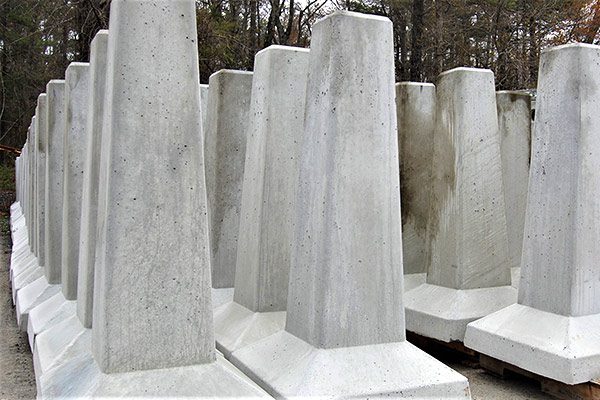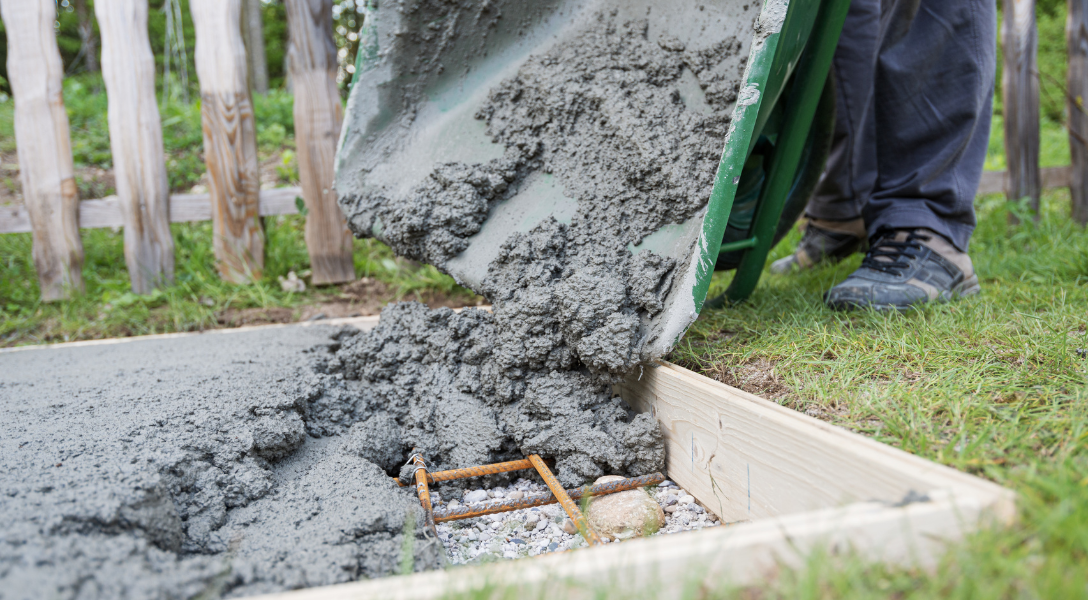Building from scratch: The Ultimate Overview to Designing and Putting Up Deck Footings
Professional Tips for Putting Up Deck Footings to Support Your Outdoor Space
When it comes to constructing a deck, one of the most crucial elements to consider is the installation of correct grounds. These grounds are the structure upon which your outside space will relax, giving security and assistance for years to come. What precisely does it take to install deck footings appropriately?
Relevance of Correct Deck Grounds
Appropriate deck footings are essential for guaranteeing the stability and long life of your outside space. When constructing a deck, it is crucial to take notice of the structure on which it will relax. Deck footings provide the essential assistance for the whole structure and aid distribute the weight equally - Deck Footings. Without strong and appropriately mounted footings, your deck may come to be unsteady, leading to safety and security dangers and costly fixings.

Along with security, proper deck grounds likewise add to the durability of your outside space (Deck Footings). Footings that are designed and built to hold up against the elements and dirt conditions in your area will certainly help prevent the deck from changing or clearing up over time. By ensuring the grounds are correctly sized and mounted, you can lessen the risk of damages to the deck structure, expanding its lifespan and lowering the requirement for costly fixings or replacements

Selecting the Right Kind of Grounds
When selecting the suitable sort of grounds for your deck, it is necessary to take into consideration factors such as dirt conditions, local building ordinance, and the general style of your outside room. The kind of footing you choose will play a crucial function in making sure the security and longevity of your deck.
One common type of footing is the concrete footing. Concrete grounds are ideal for most dirt problems and give superb assistance for decks.
In some instances, you might require to utilize specific footings, such as pile footings or deep structures, if you are constructing a huge or multi-level deck. These grounds are developed to distribute the weight of the deck over a larger location, making certain stability and preventing clearing up or sinking.
Prior to picking a kind of footing, it is vital to consult regional building ordinance and policies to make sure conformity. In addition, take into consideration the layout and planned usage of your outside space. Factors such as the dimension, form, and load-bearing requirements of your deck will affect the sort of footing that is most appropriate.
Preparing the Ground for Footing Installation
To properly prepare the ground for footing installment, it is crucial to examine the soil conditions and take necessary steps to make certain security and toughness of the deck. The very first step is to dig deep into the area where the grounds will certainly be set up. The deepness of the excavation will depend on the frost line in your region and the specific demands of the deck layout. It is vital to eliminate any kind of greenery, rocks, or particles from the excavation to guarantee a strong foundation.
Once the area has actually been excavated, the next action is to compact the soil. This can be done making use of a plate compactor or by using a hand tamper. Condensing the soil helps to get rid of any spaces or air pockets, which can cause settling and instability gradually.
After condensing the dirt, it is essential to lay a layer of crushed rock or crushed stone at the end of the excavation. This will supply water drainage and help to stop water from merging around the footings, which can result in disintegration and instability.
Step-by-Step Guide to Putting Up Deck Footings
After correctly preparing the ground for footing installment, the next action is to begin the process of setting official site up deck grounds. This step-by-step overview will offer you with a clear understanding of just how to install deck grounds for your outside room.
Determine the place: Start by marking the settings of the deck grounds utilizing stakes and string. Ensure that the places line up with the style and layout of your deck.
Dig the holes: Use a message hole digger or an auger to dig the holes for the footings. The depth and size of the openings need to remain in conformity with regional structure codes and the particular demands of your deck design.
Level the openings: Make use of a degree to make sure that the holes are dug to the proper deepness and are degree with each other. (Deck Footings)
Add gravel: Area a layer of crushed rock at the end of each hole to boost water drainage and stop the wood from decomposing.
Place the footings: Position the grounds into the holes, seeing to it they are degree and plumb. Utilize a level and a gauging tape to make certain precision.
Protect the footings: Put concrete right into the holes around the grounds, loading them to the top. Utilize a message level to ensure the grounds stay level as the concrete collections.
Permit time for treating: Let the concrete cure according to the manufacturer's guidelines before waging the deck building.
Common Blunders to Prevent During Footing Setup
One essential facet to think about during the installment of deck footings is staying clear of typical blunders that can jeopardize the security and durability of your exterior room. While deck footings might look like a basic and simple component of the building and construction procedure, forgeting certain elements can cause expensive fixings and possible safety and security hazards down the line.

Additionally, ignoring to install appropriate drainage procedures can cause water to collect around the grounds, resulting in rot, degeneration, and the eventual weakening of the deck's foundation. Making use of the wrong type of footing product additional reading or falling short to properly safeguard the grounds can compromise their structural stability.
To stay clear of these mistakes, it is necessary to seek advice from a specialist or follow market standards to make certain correct footing installation. By doing so, you can guarantee the security and durability of your exterior room, providing a delightful and secure environment for years to find.
Final Thought
To conclude, installing appropriate deck footings is vital for the security and long life of your exterior room. By choosing the right kind of footings and sufficiently preparing the ground, you can make sure a strong structure for your deck. Complying with a detailed guide and preventing typical errors during footing installation will further boost the resilience and safety of your deck.
Proper deck footings are important for guaranteeing the stability and longevity of your outdoor room. The grounds serve as a connection in between the ground and the deck, enabling the weight of the deck and its residents to be dispersed evenly right into the soil.One common type of ground is the concrete ground. Place the footings: Place the footings into the openings, making certain they are degree and plumb. Safeguard the grounds: Put concrete into the holes around the footings, filling them to the top.